“The legendary engineer’s building philosophy has never been more relevant. This summer, he’s getting his first major museum retrospective.”
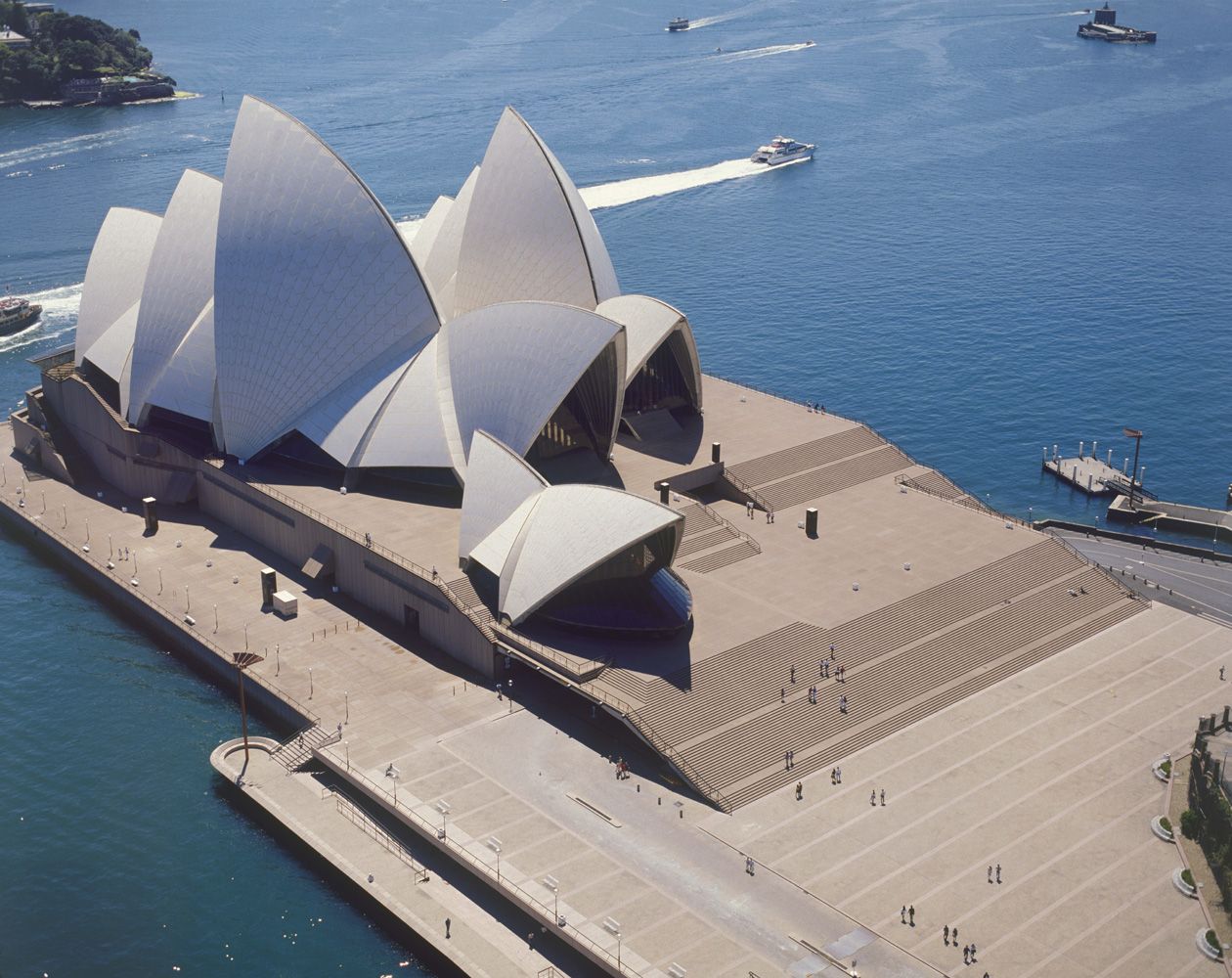

“The legendary engineer’s building philosophy has never been more relevant. This summer, he’s getting his first major museum retrospective.”
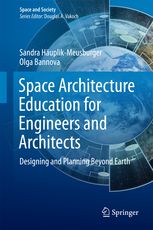
“This book considers two key educational tools for future generations of professionals with a space architecture background in the 21st century: (1) introducing the discipline of space architecture into the space system engineering curricula; and (2) developing space architecture as a distinct, complete training curriculum.”

“This January, Alejandro Aravena received architecture’s highest honor. This week, the Chilean architect announced that his studio, Elemental, will open-source four of its affordable housing designs. The projects can be downloaded, for free, from Elemental’s website (here).”
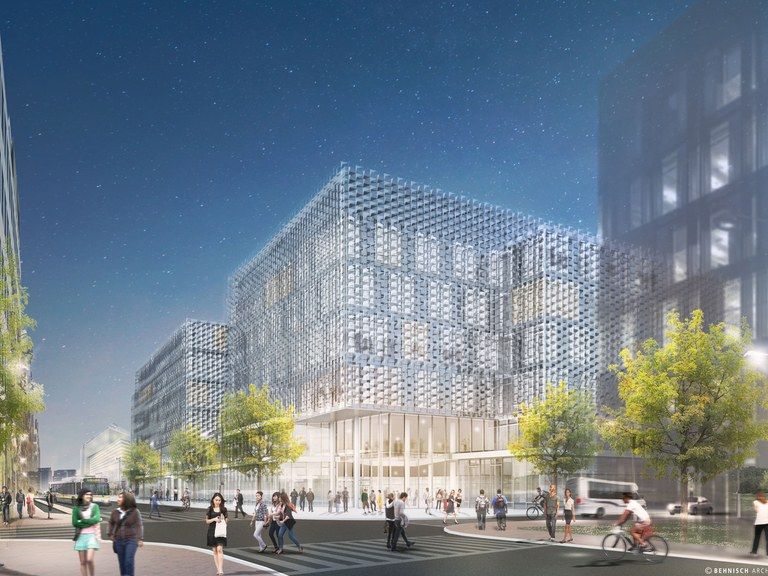
“Once a quaint academic village on the banks of the Charles River in Cambridge, Massachusetts, Harvard, like so many other research universities, has transformed itself into a vast 21st-century institution whose significant landholdings are developed on a larger, urban scale. Part of this evolution has involved an expansion across the Charles, into the Allston area of Boston.”

“While Aravena, who is from Chile, is relatively unknown in the United States (although he taught for five years at Harvard and served for a period on the Pritzker jury), for at least the last decade he has been establishing himself on the international architecture scene as a serious and unusual practitioner who straddles, subtly but brilliantly, the worlds of formal high design and social responsibility. He has plenty of credibility as a serious designer—he was recently named curator of the 2016 Venice Architecture Biennale—but his own mode of architectural practice is what sets him apart. Aravena runs Elemental, which bills itself as a “do tank”—not a think tank—and which creates “projects of public interest and social impact, including housing, public space, infrastructure and transportation.””

“Three hours out of the Chinese mega-city of Guangzhou, through the sugarcane and banana plantations and deep into the rice paddies, strange things start to rise from the fields. Called diaolou, or watchtowers, they have an oddly Western look, frosted with arches and spires and little domes that contrast with the straight lines of many traditional Chinese houses. There are more than 1,800 of these towers standing today, reaching five, six, seven stories tall.”
“This ingenious cooling system circulates cooled air in an endless loop—all without any electricity.”
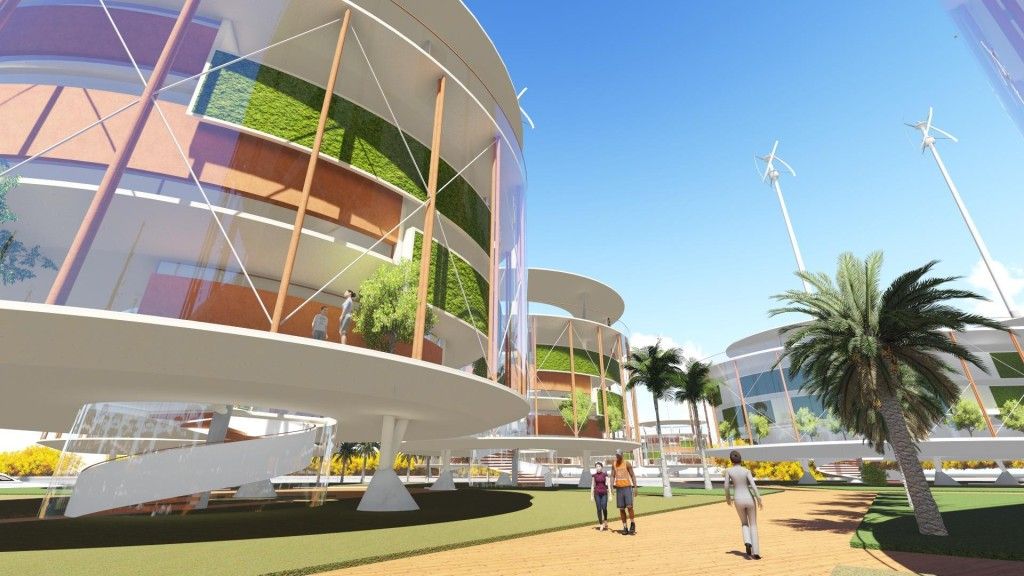

It may look like Immortan Joe’s Citadel from Mad Max: Fury Road, but this abstract desert obelisk isn’t a citadel of the post-apocalypse. It’s a self-contained city—also called an arcology—that French firms Nicholas Laisné Associés and OXO Architects propose to build in the Saharan desert.
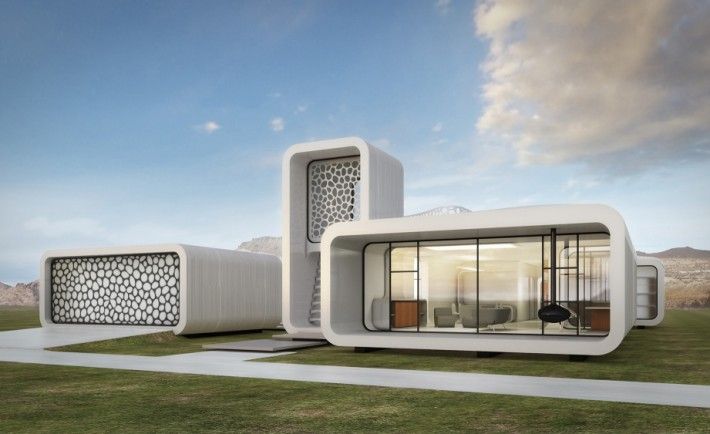
Fast-growing Dubai, where something new is always being added to the skyline, may have found a way to make construction move even faster.
In a bid to become a global hub of innovation, Dubai announced plans to build an office that will be “the most advanced 3-D printed structure ever built at this scale” and the first to be put into actual use.